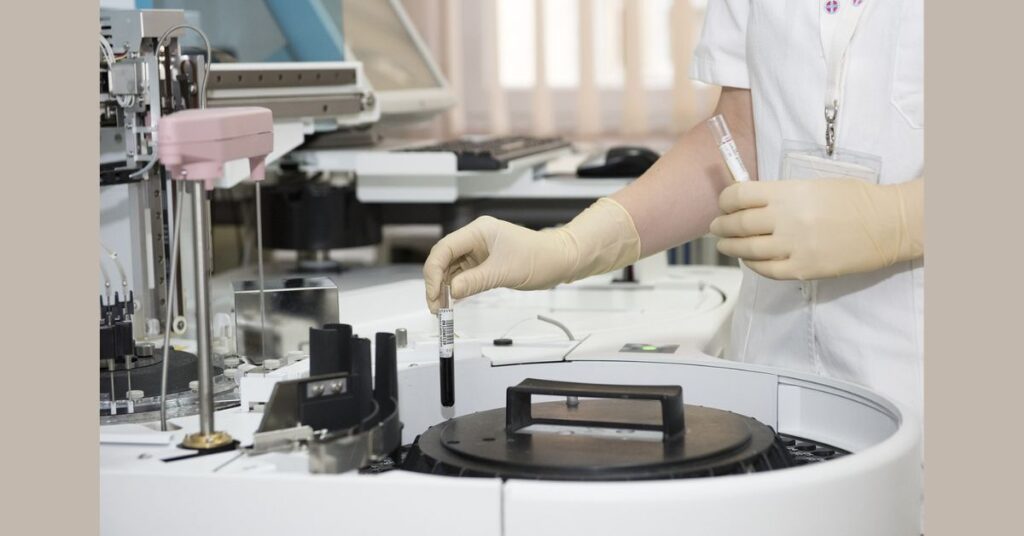The utilization of innovation in the field of medicine, known as medical technology or Med Tech, encompasses a wide range of tools and systems. These innovations are employed in various healthcare settings such as hospitals, clinics, and homes to aid in the analysis, screening, treatment, and prevention of diseases.
In recent times, medical technology has made significant advancements, particularly in the realm of diagnostic outcomes and the enhancement of efficiency in healthcare delivery. These advancements have resulted in a reduction in healthcare costs. The field continues to progress rapidly, with the introduction of new devices and treatments.
Examples of medical technology include diagnostic imaging machines like X-rays, CT scans, and MRI machines, as well as surgical robots, prosthetic limbs, pacemakers, and insulin pumps. Additionally, software programs play a crucial role in healthcare, enabling professionals to manage patient data, track diseases, and facilitate communication among healthcare providers.
How Many Types of Medical Technology?

Clinical innovation encompasses a diverse range of categories that can be broadly classified into distinct areas.
Diagnostic Technology
This innovation integrates diverse devices and techniques employed for the examination of illnesses, such as imaging machines like X-rays, CT scans, and radiographs, in addition to blood tests, genetic testing, and other laboratory tests.
Therapeutic Technology
This encompasses the utilization of various devices and techniques in the management of these ailments, encompassing surgical robots, pacemakers, insulin pumps, prosthetic limbs, and radiation therapy machines.
Monitoring Technology
To monitor vital signs and clinical data of patients, such as blood pressure, heart rate, oxygen saturation, and sleep apnea.
Information Technology
Information Technology encircle software applications and manage the devices that take advantage of analysis of data. This includes electronic health records, medicine software, and tools for clinical data analysis.
Assistive Technology
This encompasses tools and equipment designed to aid individuals with disabilities or age-related ailments, such as hearing aids, mobility aids, and visual aids.
Wearable Technology
A variety of health monitoring devices can be worn on the body, such as fitness trackers, smartwatches, and medical alert devices. These are just a few examples of the many types of devices available in this field. As technology continues to advance, new devices and techniques will be developed to improve patient outcomes and healthcare delivery. Overall, these tools are essential in modern healthcare, allowing healthcare providers to deliver high-quality care and enhance health outcomes.
What Role Does Technology Play in the Medical Field?

The role of this technology furnish medical care experts with the devices they need to analyze, treat, and forestall ailments. It can assist medical services suppliers with pursuing more precise choices. It analyzes, and screens patients all the more intently, and conveys medicines all the more.
This development similarly plays a huge part in dealing with understanding outcomes, giving faster, more useful, and less meddlesome treatment decisions. For instance, negligibly obtrusive careful strategies are progressed and empowered in this. It diminishes patient recuperation times and works on general results.
What’s more, this further develops medical care conveyance by smoothing out authoritative cycles. This lessens costs and further develops correspondence between medical services suppliers. Electronic well-being records, for instance, medical care suppliers help effectively access patient data, track clinical chronicles, and direct care.
Summary
The creator clears up how clinical innovation alludes to the instruments, gadgets, and systems used to analyze, treat, and forestall ailments and illnesses. The article talks about the various kinds of clinical innovation. Counting symptomatic imaging innovation, careful innovation, implantable clinical gadgets, and their particular applications. The creator underscores clinical innovation.
The article similarly addresses the hardships connected with this advancement, for example, the significant expense of certain gadgets and the requirement for legitimate preparation and skill to work them securely and actually. The creator closes the feature the future capability of clinical innovation. So in this Remembers progressions for computerized reasoning and medicine, and their capability to change medical care considerably further.

